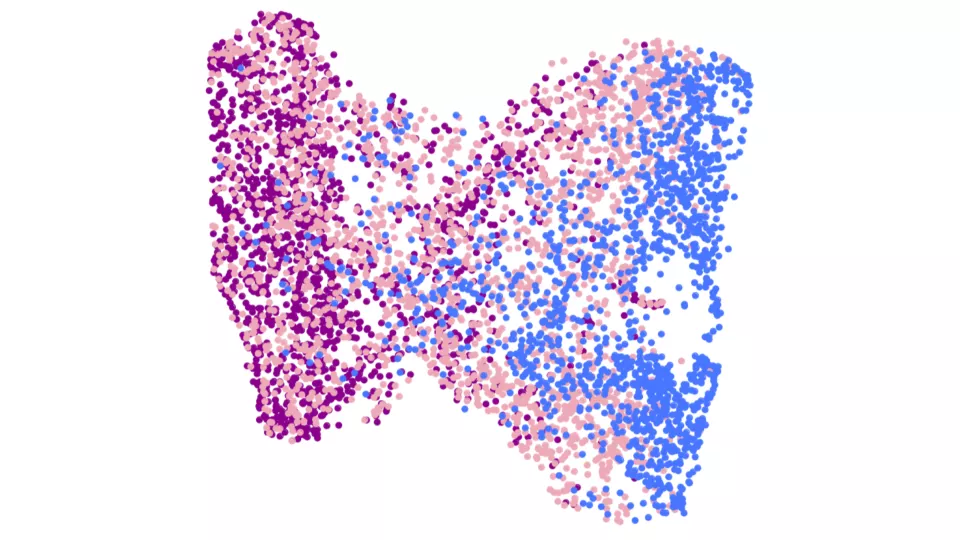During embryonic development, hematopoiesis occurs through primitive and definitive waves, giving rise to distinct blood lineages. The hematopoietic stem cells (HSCs), which later in life give rise to all of our blood cells, emerge from hemogenic endothelial (HE) cells through endothelial-to-hematopoietic transition (EHT). However, metabolic processes underlying the generation of HSCs from HE cells have remained unclear until now.
In this study from the group of Niels-Bjarne Woods and collaborators, published in EMBO Reports, they investigated the metabolic changes accompanying EHT during the generation of blood progenitors in embryonic development. Their data revealed that the emergence of blood is regulated by multiple metabolic pathways that induce or modulate the differentiation towards specific hematopoietic lineages during human EHT. Using both in vitro and in vivo settings, they demonstrate that the modulation of pyruvate metabolism can skew hematopoietic lineage commitment. Specifically, steering pyruvate use toward glycolysis or oxidative phosphorylation guided the hematopoietic differentiation of HE cells toward either an erythroid fate with primitive phenotype or a definitive lymphoid fate, respectively, revealing that pyruvate metabolism is a major regulator of primitive versus definitive hematopoietic cell fate choices during EHT.
This novel metabolic link significantly advances our understanding of human hematopoietic cell development and suggests that hematopoietic waves during embryonic development are regulated by the availability of nutrients in the hematopoietic niche. In a more long-term perspective, this study is an important step towards clinical translation, where generation of functional and transplantable hematopoietic stem cells in vitro is strongly sought-after due their potential to treat hematological disorders and malignancies.





